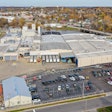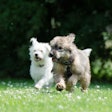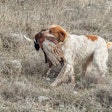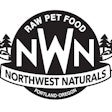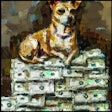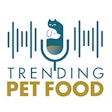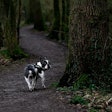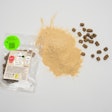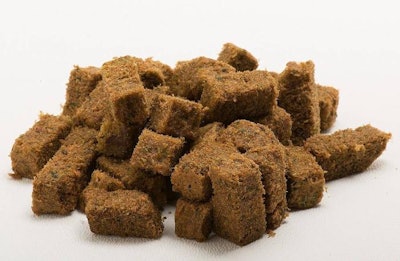
From Petfood Industry:
For several years, freeze-dried cat and dog food have shown strong growth. Freeze-dried pet food caters to the superpremium pet food market, which is itself growing as more people humanize their pets and feed them accordingly.
How freeze drying works
Recently, Petfood Industry reviewed the freeze-drying process.
“The simplified version of [the process] is to first receive in frozen cuts of meat,” said Justin Stadden, senior business unit manager of The Scoular Company. “The meat is tempered to allow it to be diced or shaped to the desired form, then it’s put into the blast freezer for a deep freeze. After that, it’s rolled into the freeze-drying chambers, where it stays for about 12 hours. Finally, the trays are rolled out and packaged.”
Freeze-dried pet food sales history
Using that freeze-drying technology has proven lucrative to some pet food manufacturers. From January to August 2014, freeze-dried pet food recorded a 43.8 percent sales increase, according to GfK data reported by Petfood Industry. That increase came on top of a 46.9 percent between January and August 2013.
In the first eight months of 2014, freeze-dried pet food accounted for US$45 million in pet food sales. Collectively, the freeze-dried, refrigerated/frozen and gluten-free categories accounted for over US$566 million in sales in the first eight months of 2014, more than double the US$243 million they posted in the same time frame in 2012.
Current trends in freeze drying
Freeze-drying originally entailed using single meats, such as beef liver, said John Milne of Canature Processing Ltd. Recently, pet food manufacturers have started using a blend of meats to create freeze-dried cubes that are added to dry kibble, a pet food trend known as kibble+.
Sales for the freeze-dried category reached US$195 million in 2015, a 62.7 percent increase, mainly driven by a 74.4 percent jump in sales of kibble+, said Maria Lange, GfK business group director, at Pet Food Forum 2016. According to Lange, that’s because the price per pound of that subcategory, US$3-4, is so much more attractive than 100 percent freeze dried at US$36 per pound.
Freeze-dried raw pet food demand growing quickly
Freeze-dried raw pet foods are a small but rapidly growing segment of the pet food industry, said Maria Lange, GfK business group director. However, the now-niche category could expand to become up to 10 percent of the market.
Freeze-dried, refrigerated/frozen petfoods continue strong growth
The natural food category, which has been driving the petfood market for over 10 years, continues to spawn trends that rise and fall on much shorter timeframes-challenging manufacturers and retailers to keep pace while making a profit, according to GfK's latest data.









